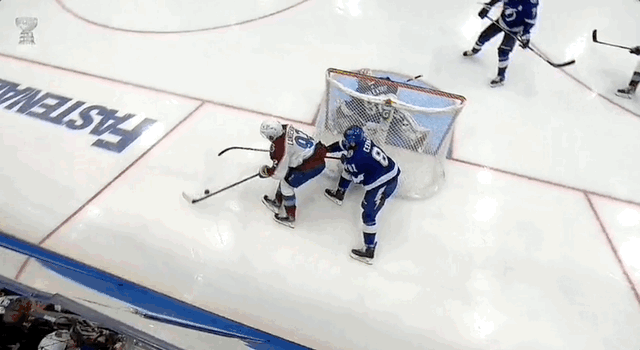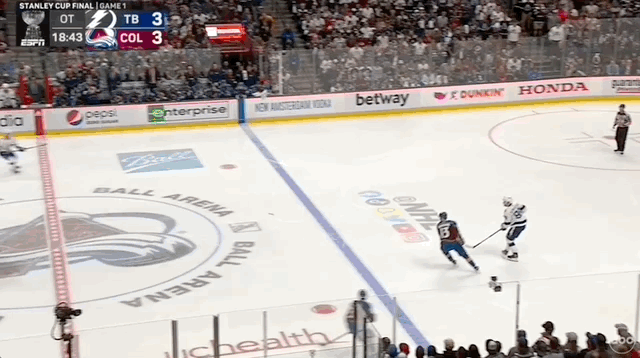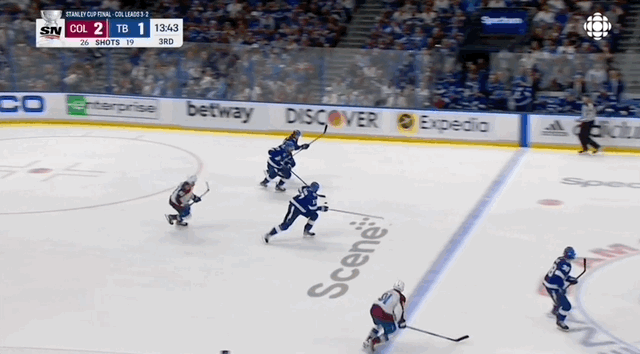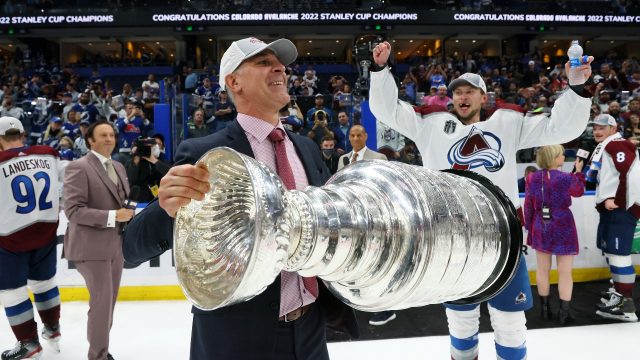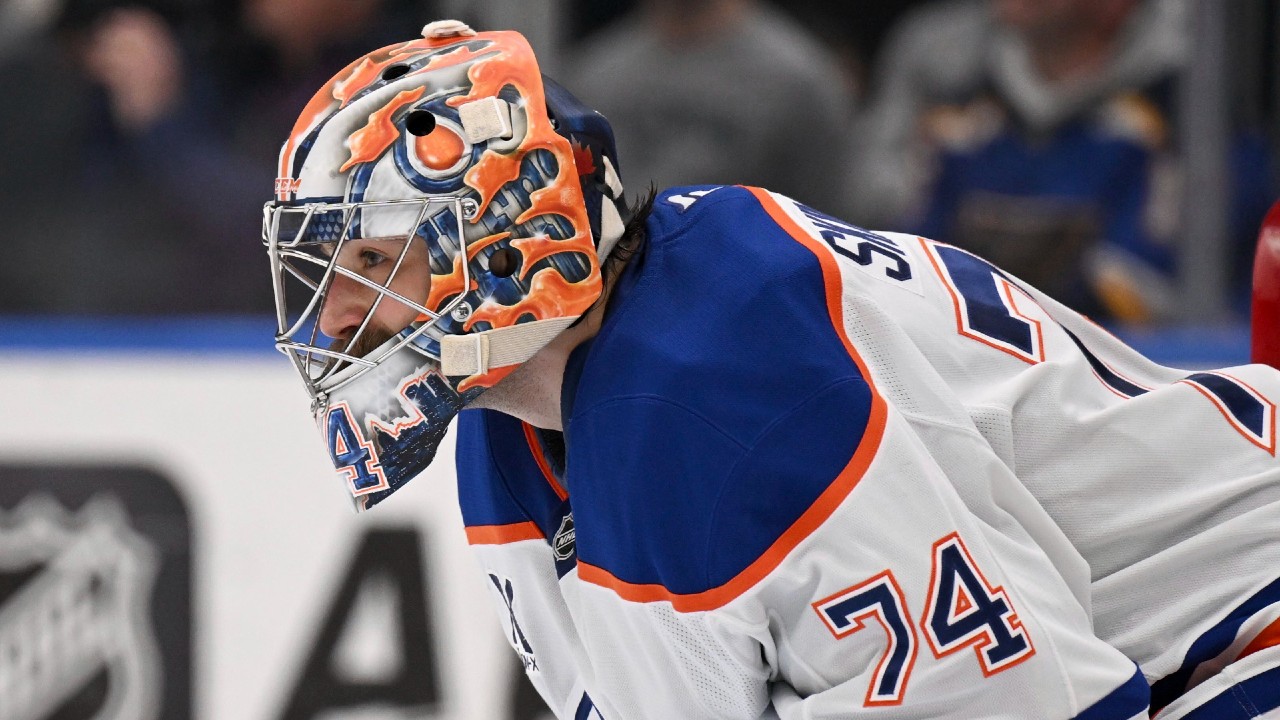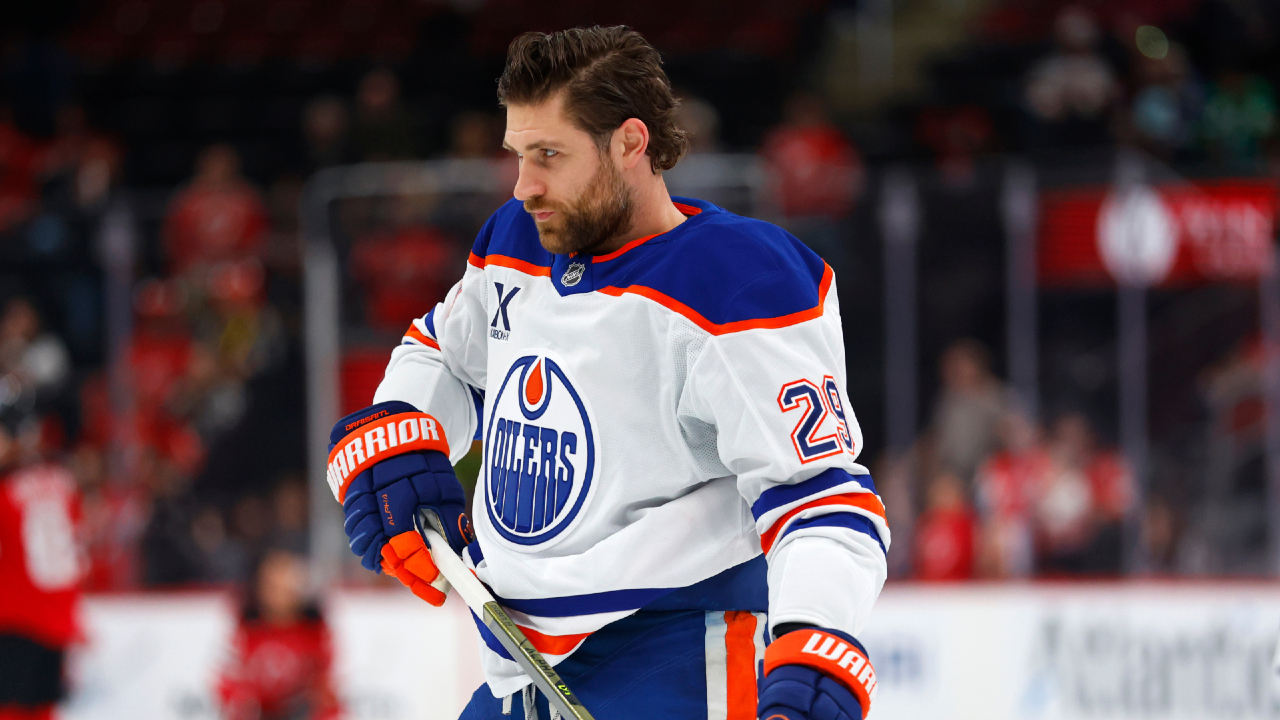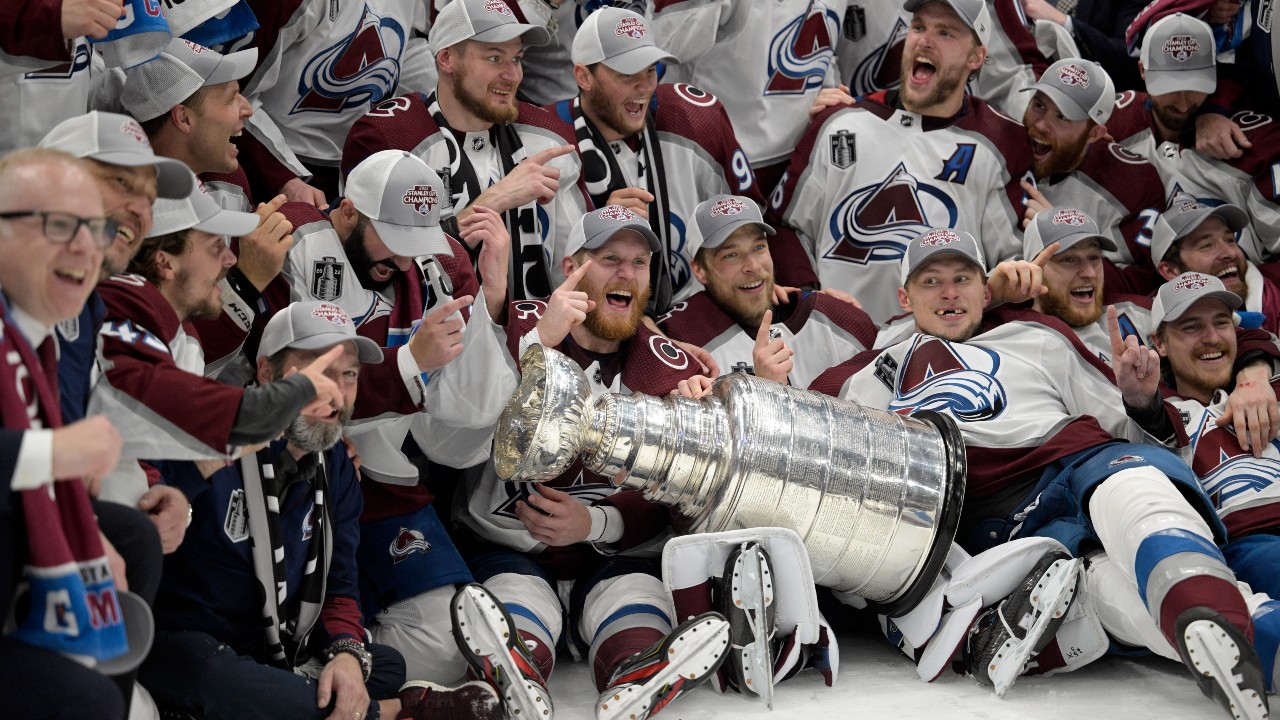
The NHL’s a copycat league, so the teams that were watching the Stanley Cup Final from home will be taking notes on the Colorado Avalanche in the hopes of replicating their success.
What exactly should teams be trying to learn from this year’s champs in their playoff run? Let’s dive into some of the takeaways from Colorado’s Stanley Cup win.
Rely on a skilled core
Seems pretty obvious, right? But teams can get impatient and start fracturing the foundation they built when things don’t work out. Obviously roster tweaks can be necessary along the way: think the Nazem Kadri trade to bring in a centre for defender Tyson Barrie, or further back at the Matt Duchene deal. But the cornerstones of this team — Nathan MacKinnon, Gabriel Landeskog, Mikko Rantanen, Cale Makar, and even Erik Johnson — were all fundamental in this win.
And this wasn’t a matter of getting lucky bounces along the way, this was being one of the best teams in the regular season and carrying that into the playoffs. Look at their five-on-five play; Colorado finished in the top-two in expected goal generation thanks to their offensive creation and they had the results to match. And this was the best team at limiting quality chances back. Team strategies are key here (and we’ll get there in a second), but so is roster strength which this team built over the years.
Accent the roster with key acquisitions, use context to understand potential fits
Sticking with roster building, along with a skilled core a team needs strong supporting pieces. How Colorado went about adding those pieces is pretty important.
First, there’s how they capitalized on other teams’ misfortunes. Valeri Nichushkin and Devon Toews are the two key pieces this surrounds. The Islanders faced a cap crunch and made the puck-moving defender a casualty of that. It was a mistake at the time that only looks worse over time considering how important he was to this run. Teams have to prioritize which pieces to invest in, and an elite defenceman should be that.
With Nichushkin, the Stars gave up on a player who while not the offensive gem they likely hoped when drafting him early, was strong defensively. With the Avalanche, where he signed post-buyout, his two-way game grew even without the scoring to match — and in 2021-22, he finally showed the finishing touch to go along with his facilitating plays, like his puck retrievals.
This year’s deadline acquisitions can also serve as key lessons. There’s the fact that Colorado knew when to invest in their playoff chances. And the organization that does use data in their analysis likely found ways to isolate players’ strengths to determine how they’d fit their needs, setting aside the quality of play around them.
That may have helped them recognize Artturi Lehkonen’s versatility for their middle-six, Josh Manson’s defensive efforts like protecting the blue line that would pair well with Sam Girard, and Andrew Cogliano’s impact back in his own end and penalty killing ability.
Spread out skill, add lineup versatility
In years past, it was the Landeskog-MacKinnon-Rantanen combination that led the way. This year, they were able to spread the wealth out more. Players like Nichushkin helped make that happen, as they added a two-way player who could keep up with the top offensive talents and support their games. The addition of Lehkonen did as well, thanks to his forechecking and ability to win puck battles under pressure.
The versatility of this lineup was even more important. Colorado had the options to make tweaks and create new combinations when necessary. When Rantanen wasn’t meeting expectations, he was moved to the second line. That put together a Landeskog-MacKinnon-Nichushkin combination at the top that earned a 62.8 per cent expected goals rate. When Kadri was out of the lineup, or Andre Burakovsky, they found other options to rely on like J.T. Compher, and were able to mix-and-match. That was something this team prepared for in the regular season.

A team can win without elite goaltending
It’s true that a team can be as good as only its goaltender in some instances. A look around the league shows how goaltending can make-or-break a team. The Rangers are a prime example of how elite net-minding can help a squad reach heights few expected. Lacklustre play in net can send a team right to the bottom of the standings.
But if a roster is built right, with strengths up and down the lineup, they can get by without the best goaltender in the world (even when they go up against one of the best in Andrei Vasilevskiy).
Darcy Kuemper had a strong regular season, but slipped in the post-season. Against a workload of 32.8 expected goals against, which was eased by Colorado’s defending, he still allowed over five goals more than expected. He didn’t give his team the best chance to win on quite a few occasions, and yet the Avalanche managed. It’s a testament to the team built in front of the blue paint, and shows where there should be more emphasis in roster construction above all else.

Play to strengths in the post-season
And finally, to team strategies. Colorado deserves a lot of credit here. Teams can fall into the trap of turning to a heavier style in the post-season and get far away from the strengths in their game that got them to this point. The Panthers, while defended well by the Capitals and Lightning, did not look like the team of the regular season that won the Presidents’ Trophy.
The Avalanche only got away from their game a few times this post-season. There were a couple of instances against the Blues and Lightning, thanks to the defensive efforts of their opponents and maybe an instinct to play it safe. Game 5 against St. Louis stands out for that, as does Game 5 versus Tampa Bay.
Generally, though, Colorado stuck to the style of play that made them so successful all year — a speedy game that relies on out-possessing the opponent and generating offence in waves. At 5-on-5, the Avalanche ended the post-season with the highest rate of scoring chances generated (26.6 per 60), finishing first in rush attempts and second in cycle chances (behind Pittsburgh). And, they finished with the lowest rate of slot attempts back (15.9 per 60).
And when it mattered the most — the third period of Game 6, while up by one goal — the Avalanche didn’t back off into a defensive shell, either. Rather, Colorado protected its lead in the most proactive way by pushing forward with offence, which forced the Lightning to power through that to even attempt to muster quality chances of their own.
Even with a few slip ups, the Avalanche were overall one of the best teams at even strength while leading in games on both ends of the ice because they didn’t sit back and play it safe most nights.
Data via Sportlogiq


